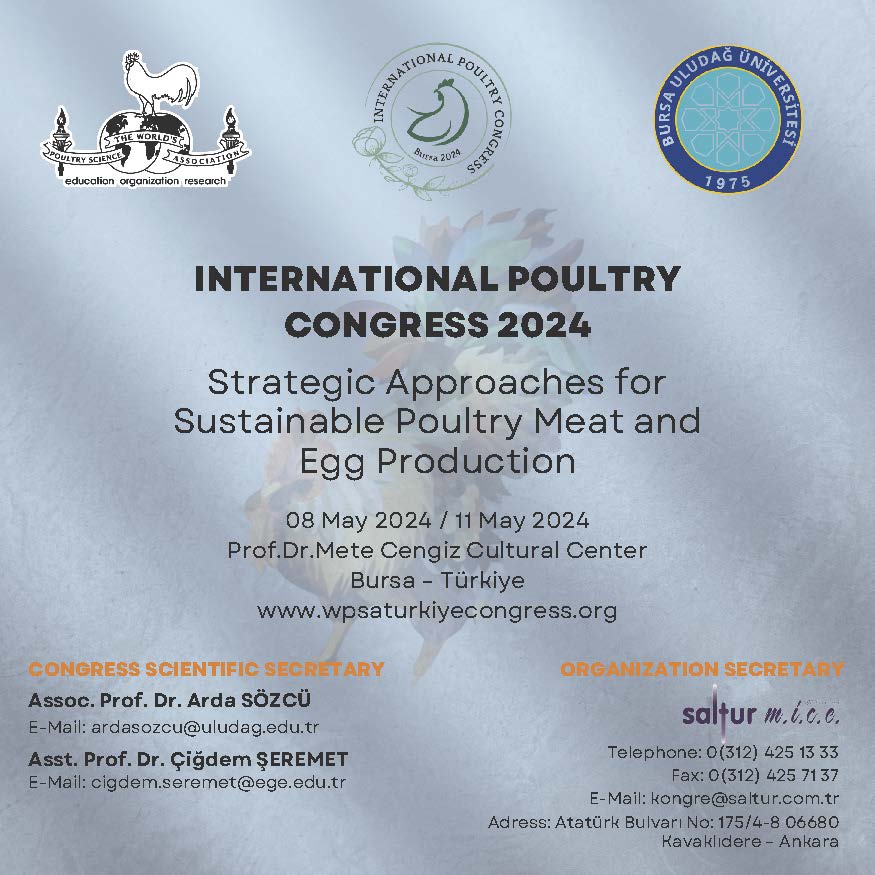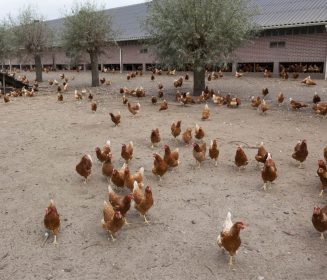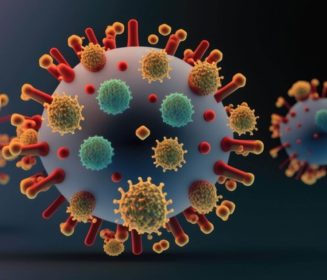Nebraska to cull 1.8 million birds due to avian influenza
On Saturday, November 26th, the Nebraska Department of Agriculture (NDA), together with the United States Department of Agriculture’s (USDA) Animal […]
On Saturday, November 26th, the Nebraska Department of Agriculture (NDA), together with the United States Department of Agriculture's (USDA) Animal Plant and Inspection Service (APHIS), reported the 13th outbreak of highly pathogenic avian influenza (HPAI) in Nebraska.
This case corresponds to a commercial laying hens farm located in Dixon County. It has been confirmed that 1.8 million birds must be culled to control the virus's spread. This is the second outbreak in Dixon county. In the previous case, 1,7 million hens were depopulated, and the disposal method was composting.
Dr. Roger Dudley, the veterinarian at NDA, said that the affected flock would be depopulated and disposed of in an approved manner. He added that NDA would specify a 6.2-mile control zone as established in the USDA policy. Additionally, it is recommended that all poultry producers know the signs and symptoms of the HPAI to notify NDA of any irregular behavior or sick birds.
According to the NPR media site until now, 6.8 million birds have been affected by this disease in Nebraska, which has been considered the second worst-hit state behind Iowa, where 15.5 million birds have been slaughtered.
The NDA also reminds poultry producers that HPAI is a highly contagious disease that easily spreads among birds via nasal and eye secretions and litter. Still, the virus goes through different ways, such as:
- From flock to flock
- Infected birds
- Equipment
- Wild birds
- Clothes and shoes of the workers
Since it is a disease that spreads very fast, this is the reason why
TO CONTINUE READING REGISTER IT IS COMPLETELY FREE
Access to articles in PDF
Keep up to date with our newsletters
Receive the magazine for free in digital version
REGISTRATION
ACCESS
YOUR ACCOUNT
LOGIN
Lost your password?
the United States has reported more than 50 million birds affected, and most of them have to be culled, as it happened in Europe and other countries in Latin America affecting the sanitary status of each country in which will be challenging to eliminate the disease and recover in a short time.
The impact of this disease in an economical way is leading to many losses in terms of farms being closed, a reduction in the number of eggs, chicks, and meat, and consequently, an increase in the prices of each one of these products.
It may interest you: Bird flu from 2021-2022 is the worst European crisis affecting birds
[/resigter]







































